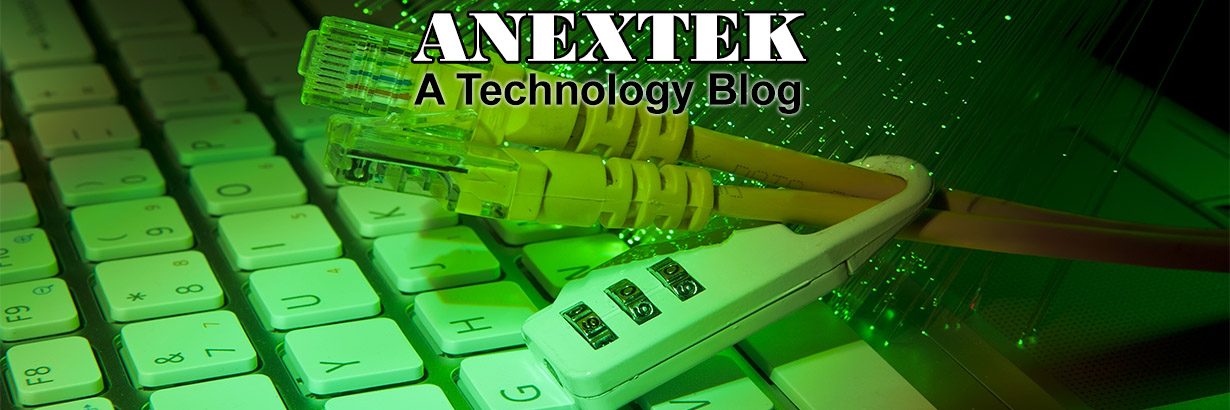 The current crop of malware spreading online is fast becoming an untenable problem. The FBI is cracking down on the various criminal elements that run these campaigns. However, while they catch the larger groups easily, the smaller ones are impossible to trace. Software protection is limited and spam filters are more reactive than practice. Here are some basic steps to follow in order to minimize the chances of a malware infection:
The current crop of malware spreading online is fast becoming an untenable problem. The FBI is cracking down on the various criminal elements that run these campaigns. However, while they catch the larger groups easily, the smaller ones are impossible to trace. Software protection is limited and spam filters are more reactive than practice. Here are some basic steps to follow in order to minimize the chances of a malware infection:
Unknown Senders
The first rule is not to click or reply to any unknown senders. The largest vector for spreading malware is from users clicking links in mails from unknown people. Often, just opening the link in a browser can result in malware installation.
Attachments
Be wary of attachments. Even if the attachments come from a known source, try and confirm with the source if they sent it. Attachment based malware is on a downward trend, but still remains a part of a spammers toolkit.
Links
If a link comes from a known source, for a known purpose, avoid clicking if the link does not have a domain name or uses a domain name that does not sound right. This will help avoid falling victim to a technique known as spear phishing, where the spammers target you based on specific information.
Cloud email
Use a cloud email service provider. There are still those that use email accounts from private servers and/or old ISP mailboxes. Cloud mail providers have built in malware and virus protection. They may not be perfect, but they will eliminate most of the threats.
